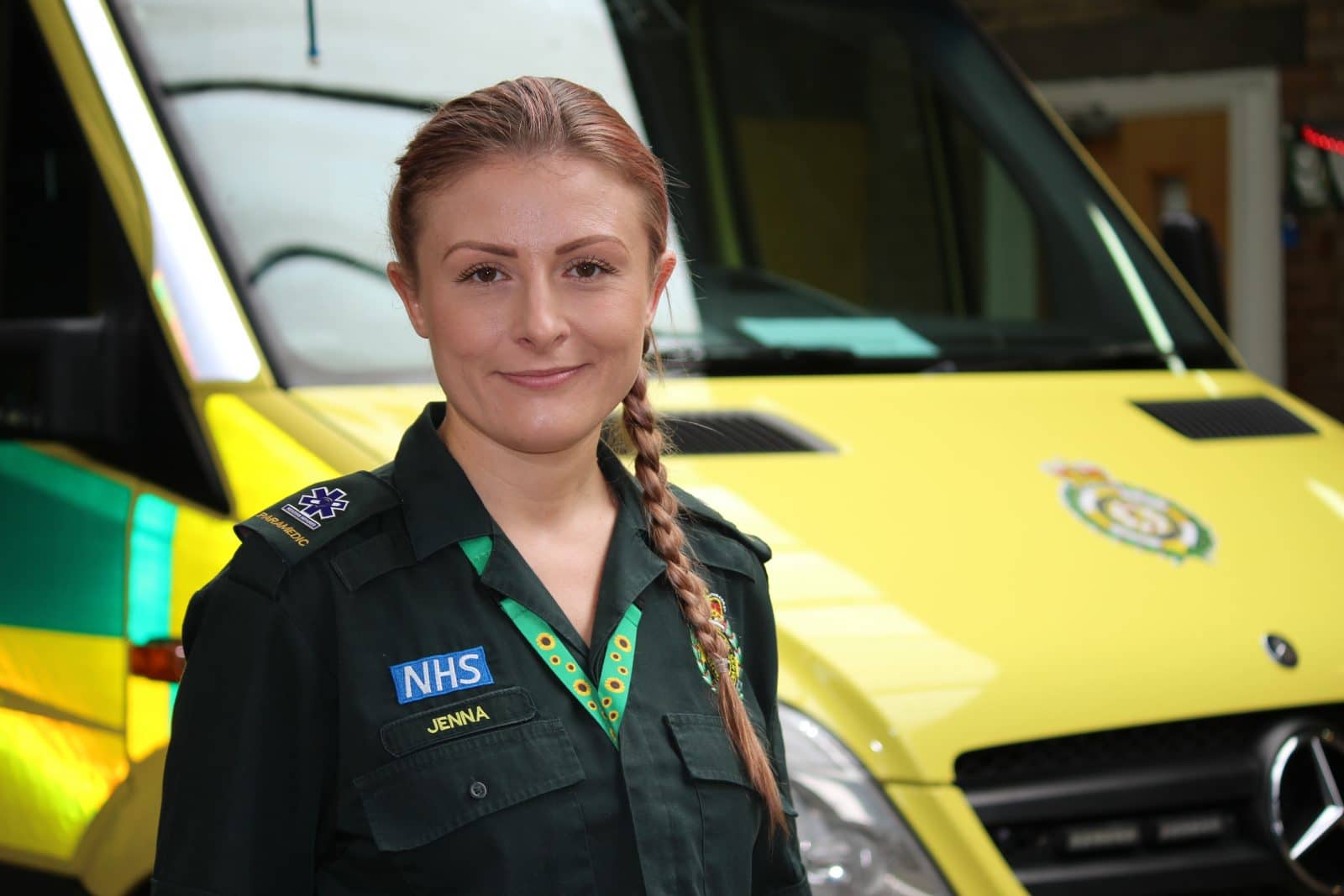
A paramedic with a hearing impairment has developed a new way of informing colleagues and other emergency services of hers and others disability when working.
Jenna Gibson, based at Thameside ambulance station in Kent, came up with the idea which will see South East Coast Ambulance Service (SECAmb) staff with a hearing impairment be able to request a specially-designed pin badge from the Trust’s ‘Enable’ disability network to wear on their epaulettes.
Jenna, who qualified as a paramedic seven years ago, was diagnosed with chronic middle ear disease prior to starting university and has had to undergo several surgeries meaning that she now requires hearing aids in both ears.
The badge will mean any SECAmb staff with hearing issues can be identified easily at the scene of an incident or in the workplace potentially without having to explain their impairment each time.
Jenna has also produced a short video to explain how communication with people with hearing impairments can be improved – especially given the difficulties wearing a mask during the pandemic creates.
Using the mnemonic FACE, the video encourages face-to-face communication, attention, clear calm communication, and being aware of the immediate environment. The video can be viewed on YouTube here: https://www.youtube.com/watch?v=wxR9JGGa8Sg
A short film focusing on why Jenna came up with the idea can also be viewed on YouTube here: https://www.youtube.com/watch?v=vP98ZUGjF3A
Jenna said: “The last time I was off sick for surgery, I was concerned about coming back as I was going to be bilaterally deaf at work for the first time. It was at that point that it occurred to me that hearing impaired people almost instinctively adjust their behaviours, their positioning and their communication in order to optimise their understanding when other people are speaking to them but there is actually an awful lot more that everyone around that hearing impaired person could be doing to improve things further still.
“The kind of situation I was most concerned about was something serious such as a cardiac arrest where there would be multiple clinicians in attendance and potentially crews who weren’t familiar with me.
“I felt firstly some education was needed and also that the badge could be useful as a simple visual indication that a person has a hearing impairment and could benefit from some adjusted communication techniques. I don’t think people should have to draw huge amounts of attention to themselves to make it known they have a hearing impairment.
“I really hope the badge along with increased awareness can make communicating at work easier for staff, our partners and in turn our patients.”
